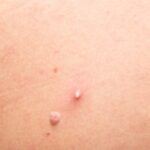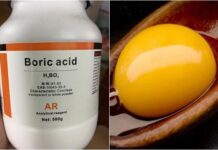Beyond its culinary uses, peppermint leaves offer remarkable benefits for hair care, making them a hidden gem in the world of natural remedies.
Peppermint is renowned for its refreshing flavor, commonly used in cooking and beverages. However, its rich antioxidant content and essential nutrients are often overlooked. These properties contribute to its effectiveness in enhancing beauty from within.
According to the Times of India, peppermint possesses natural therapeutic qualities that address various scalp and hair issues, from dandruff to hair loss. This unassuming herb packs a powerful punch in hair care and restoration.
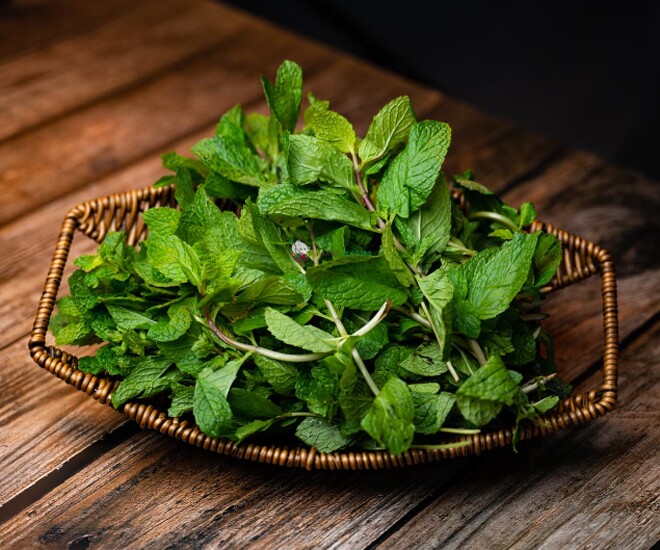
Peppermint leaves are not just a culinary herb but also a beauty secret for women.
Discover natural solutions for faster and affordable hair growth.
Benefits of Peppermint for Hair
1. Antibacterial, Scalp Cleansing, and Dandruff Reduction
Peppermint’s natural antibacterial, anti-inflammatory, and antiseptic properties effectively cleanse the scalp, removing dandruff and impurities. This soothes itchiness and irritation, promoting a healthy scalp environment, reducing infection risks, and minimizing hair loss.
2. Enhanced Blood Circulation for Hair Growth
Menthol, a key component in peppermint, acts as a vasodilator, expanding blood vessels and improving scalp circulation. This ensures hair follicles receive ample oxygen and nutrients, leading to faster and stronger hair growth. Studies confirm that peppermint oil stimulates hair growth by increasing blood flow to the follicles.
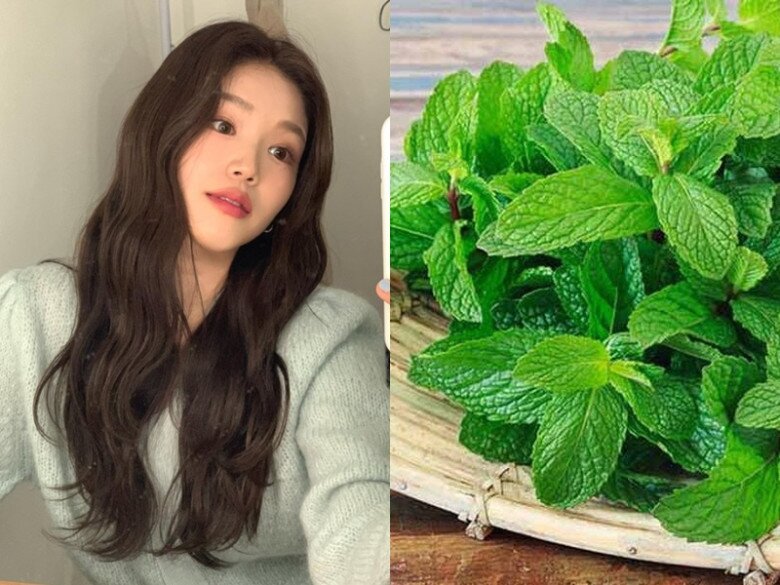
Peppermint promotes faster and healthier hair growth.
3. Nourishment for Dry Hair, Ensuring Softness and Smoothness
Peppermint water hydrates and nourishes dry, brittle hair, leaving it soft, smooth, and vibrant. It also soothes dry, flaky scalps, improving overall hair health.
4. Essential Nutrient Supply for Hair Follicles
Rich in vitamins A, C, calcium, iron, magnesium, and potassium, peppermint nourishes hair follicles from within. These nutrients strengthen hair structure, increase thickness, and enhance overall hair health.
How to Use Peppermint for Hair Care
1. Scalp Massage with Peppermint Oil
Mix a few drops of peppermint oil with a carrier oil (like coconut oil), warm it slightly, and apply to the scalp. Massage gently for a few minutes, wrap with a warm towel, and leave it on. Rinse with a mild shampoo.
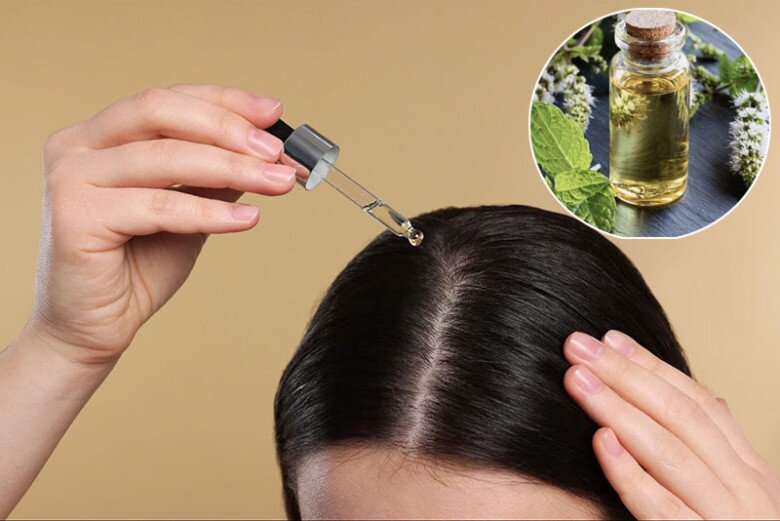
2. Hair Mask with Peppermint Oil
Combine 1/2 cup sour cream, 2 tablespoons honey, and 7–8 drops of peppermint oil. Apply the mixture to your hair, leave it for 15–20 minutes, then rinse with a mild shampoo.
3. Add Peppermint Oil to Shampoo
Add 2 drops of peppermint oil to your shampoo each time you wash your hair. Regular use will leave your hair healthier and your scalp refreshed.
4. Use Fresh Peppermint Leaves to Combat Hair Loss
Crush a handful of fresh peppermint leaves, add a few drops of lemon juice, and apply to the scalp and hair. Leave it on for 30 minutes before rinsing. Use twice a week for best results.
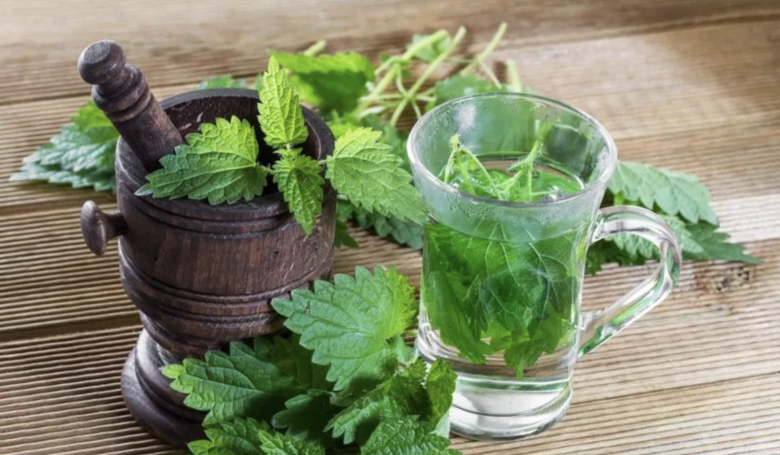
5. Peppermint Leaf Anti-Dandruff Hair Mist
Ingredients: Peppermint leaves, optionally combined with rosemary or green tea leaves.
Preparation:
– Soak peppermint leaves (and optional herbs) in a cup of water for 2–3 hours.
– Simmer the mixture over low heat for 2–3 minutes.
– Strain the leaves, let the liquid cool, and transfer to a spray bottle.
Application:
Method 1: After shampooing, pour the peppermint water directly onto the hair and scalp, massage gently, and let it air dry without rinsing.
Method 2: Spray the peppermint water onto the hair and scalp before bed, leave it overnight, and rinse with water in the morning.
Revitalize Your Hair with This Ancient Eastern Medicine Doctor’s Recommended Tonic: Strengthen Follicles, Accelerate Growth, and Achieve Fuller, Thicker Hair
Unlock luscious, silky-smooth hair with the most accessible, affordable, and everyday ingredients. Discover the secret to thicker, healthier locks using simple, natural remedies that are already at your fingertips. Transform your hair care routine effortlessly and achieve salon-worthy results without breaking the bank.
Effective and Quick Tips to Treat Whiteheads
Whiteheads are a common type of acne that occurs when dead skin cells, oil, and bacteria become trapped within a pore, creating a small, white bump on the skin’s surface. Unlike blackheads, whiteheads are closed comedones, meaning the pore is completely blocked, preventing oxidation of the trapped sebum. Understanding their formation is key to effective treatment and prevention.





























